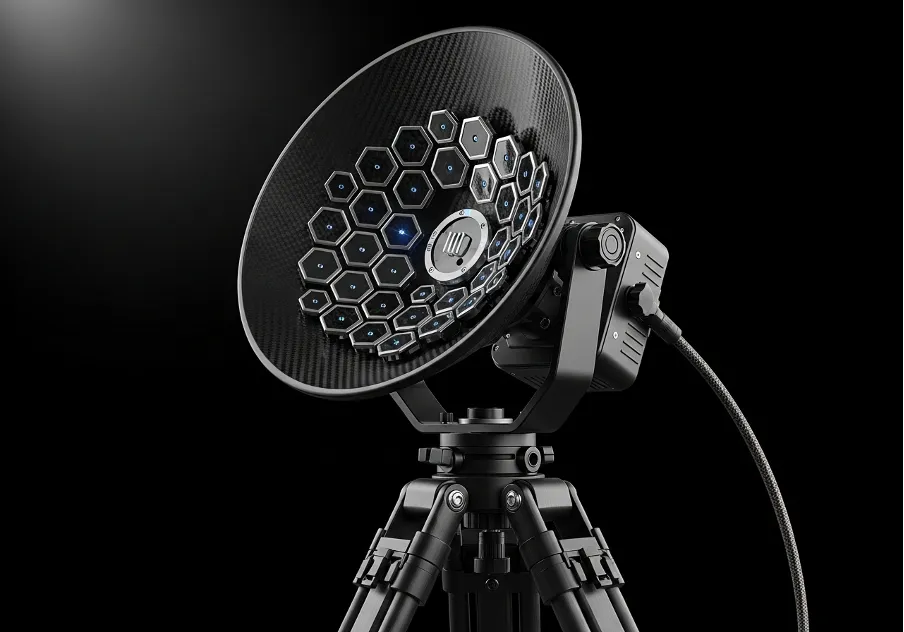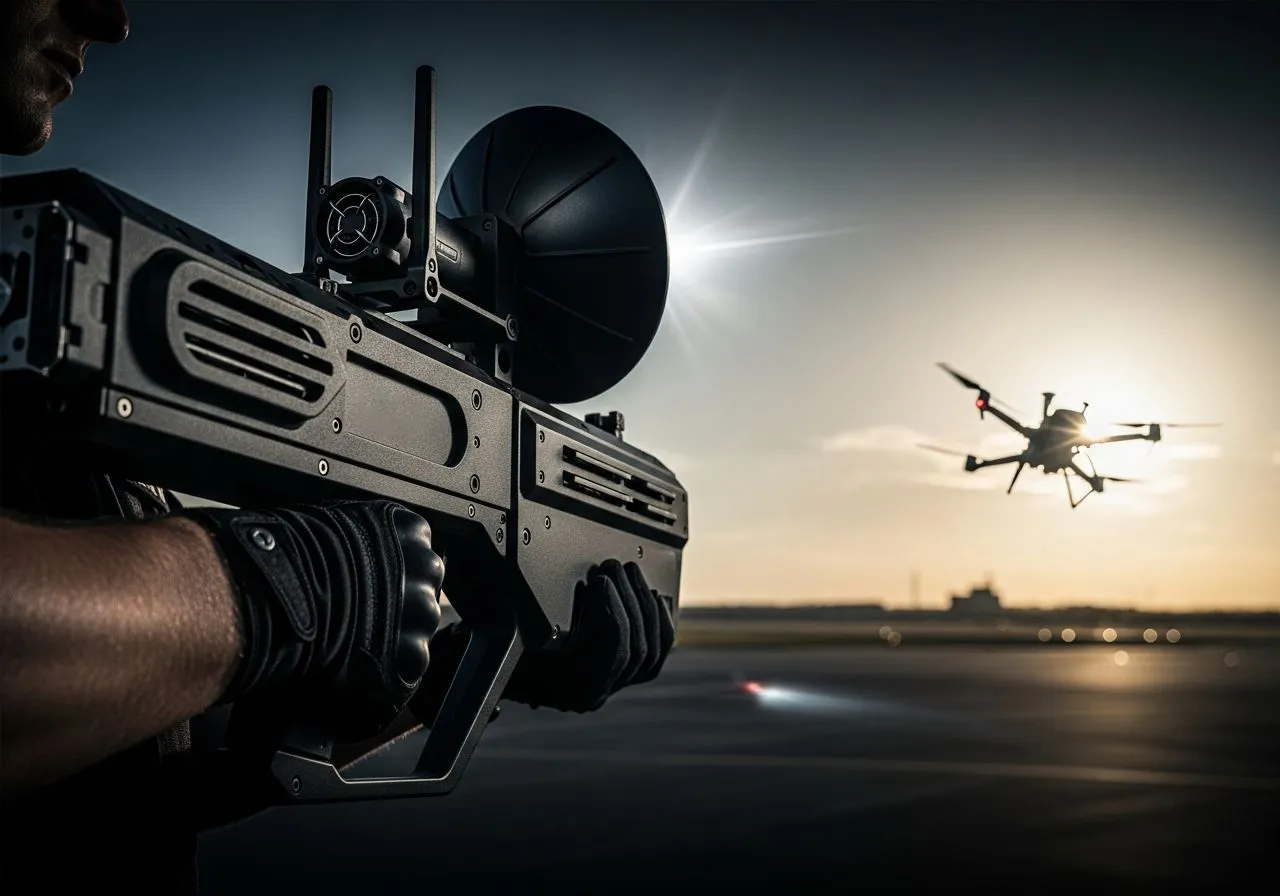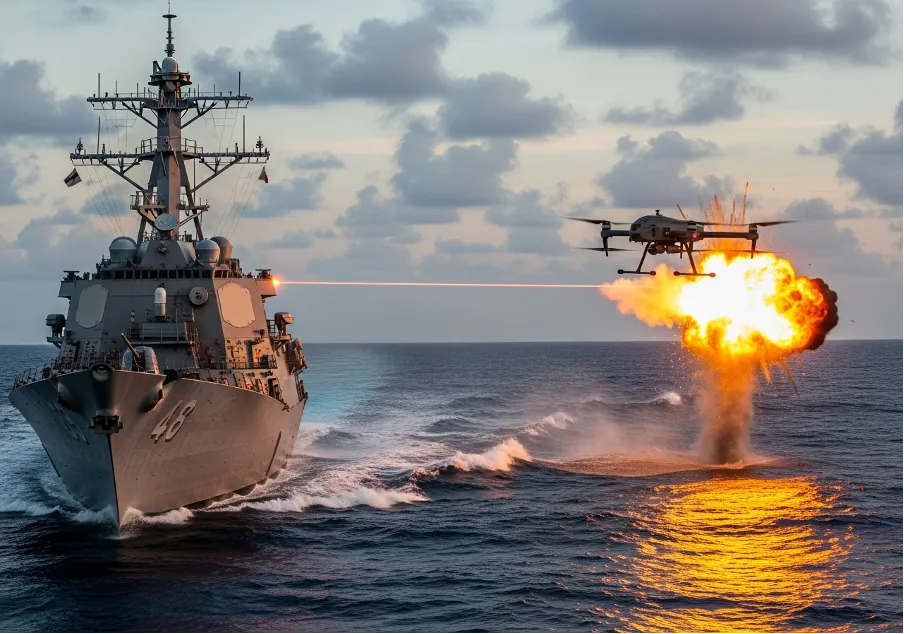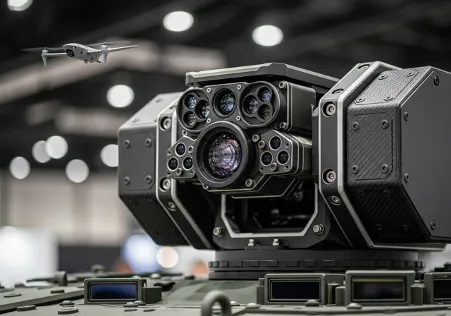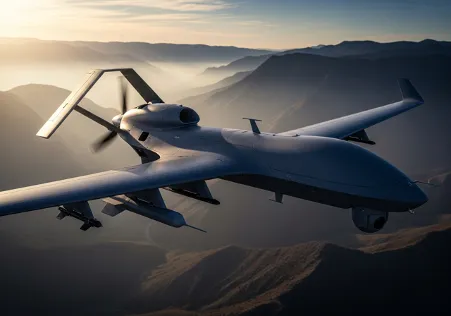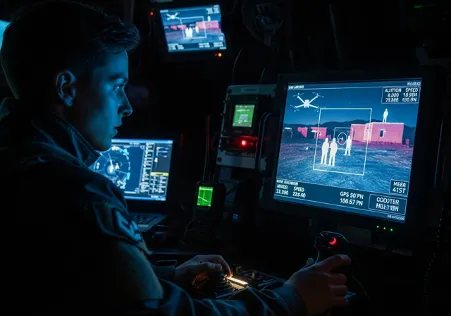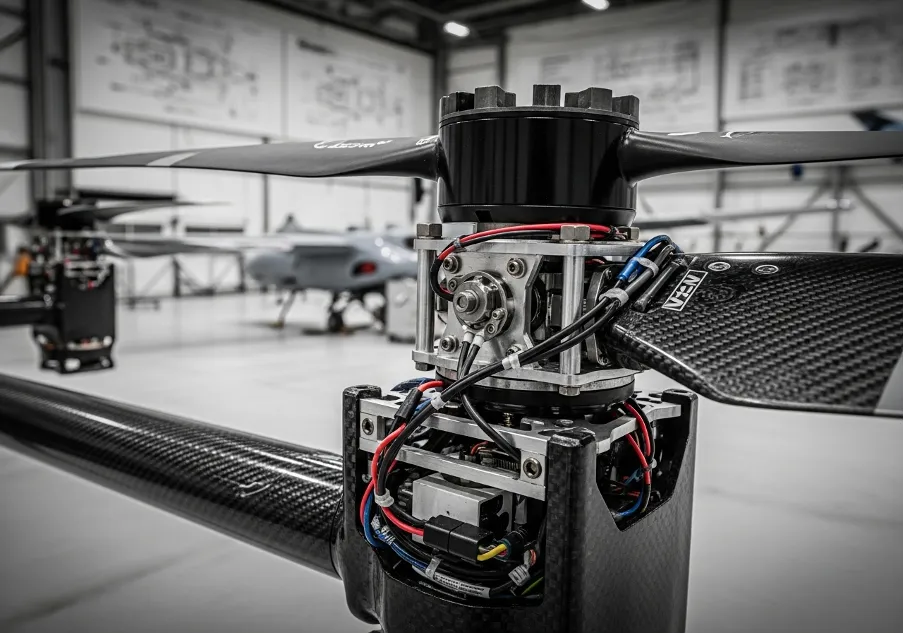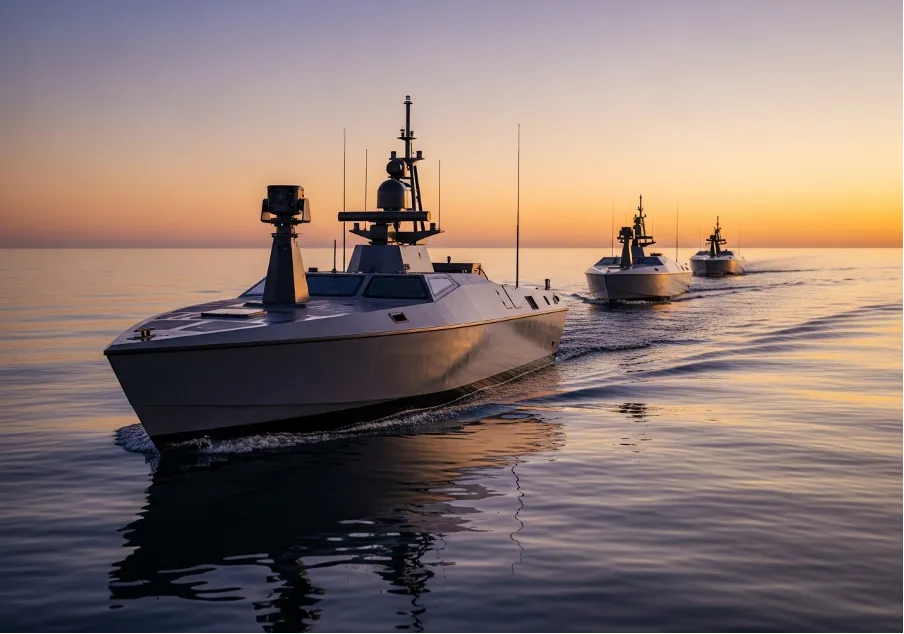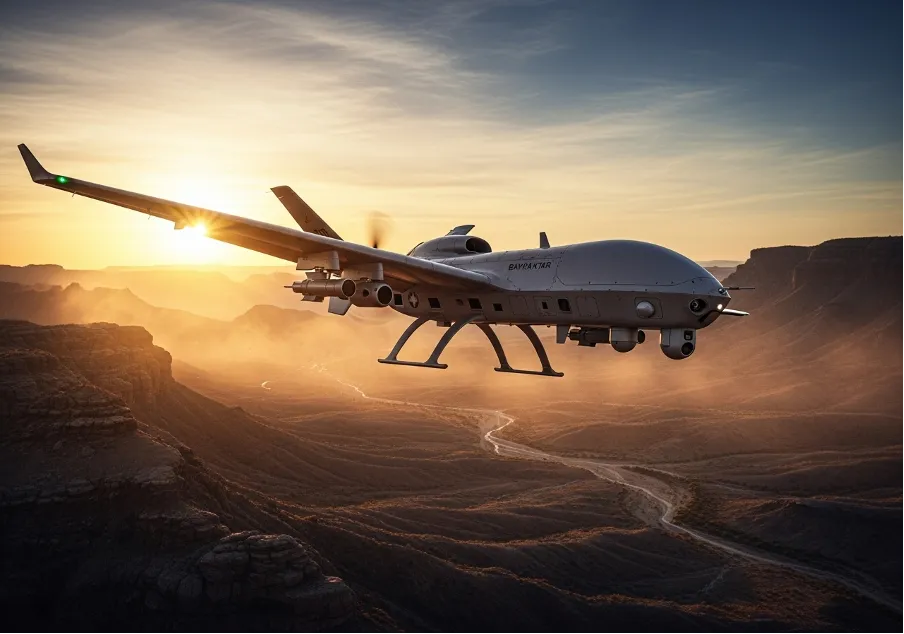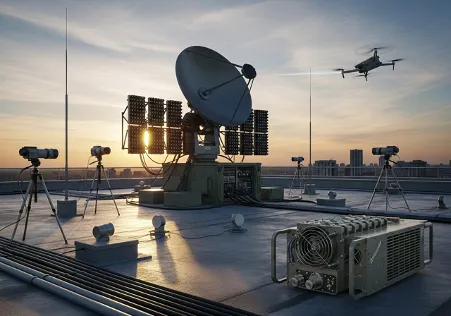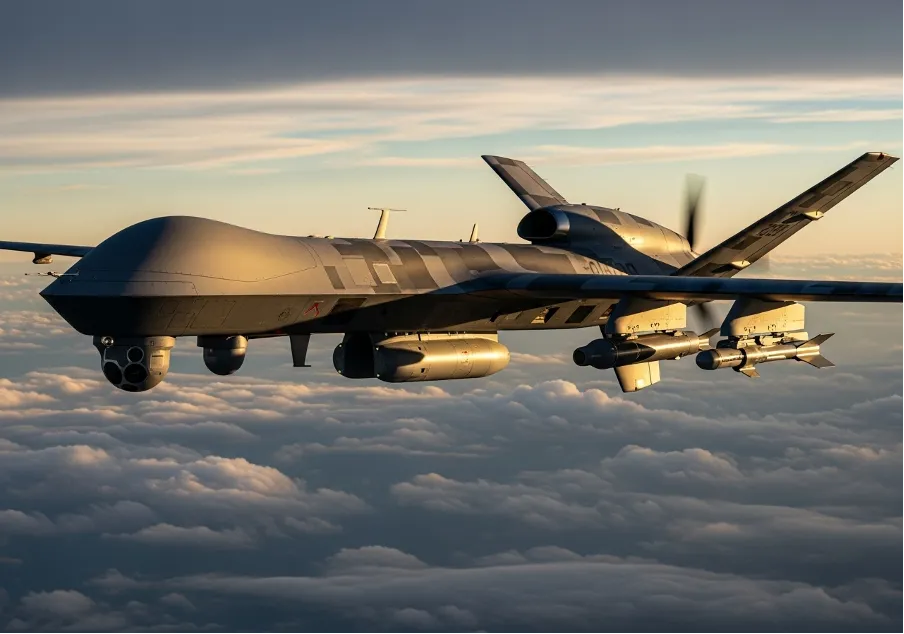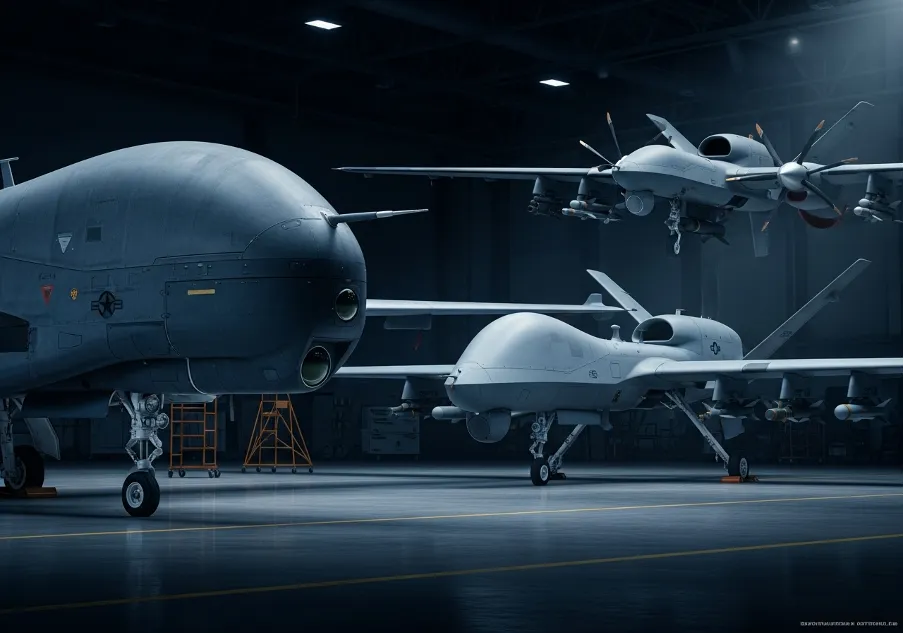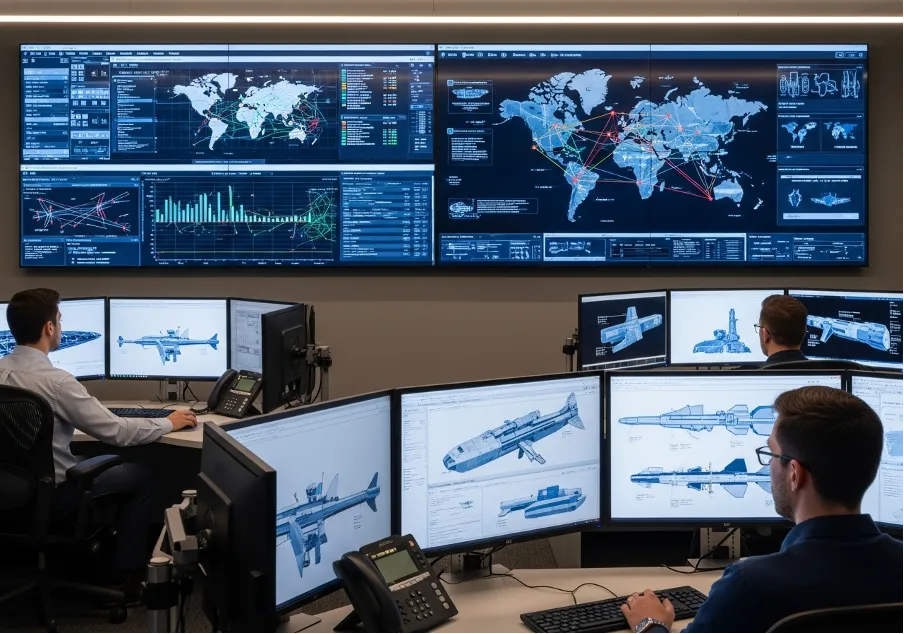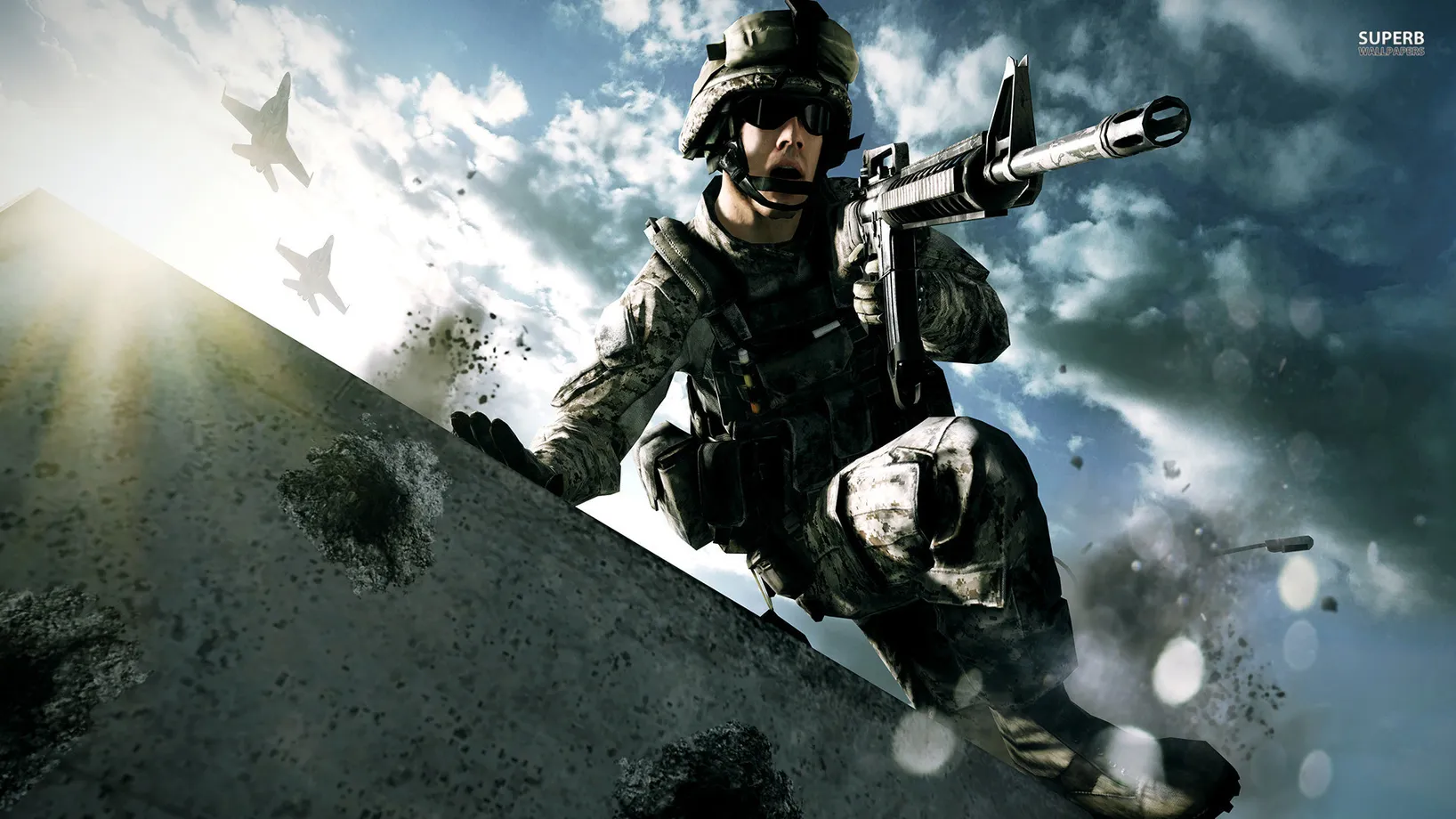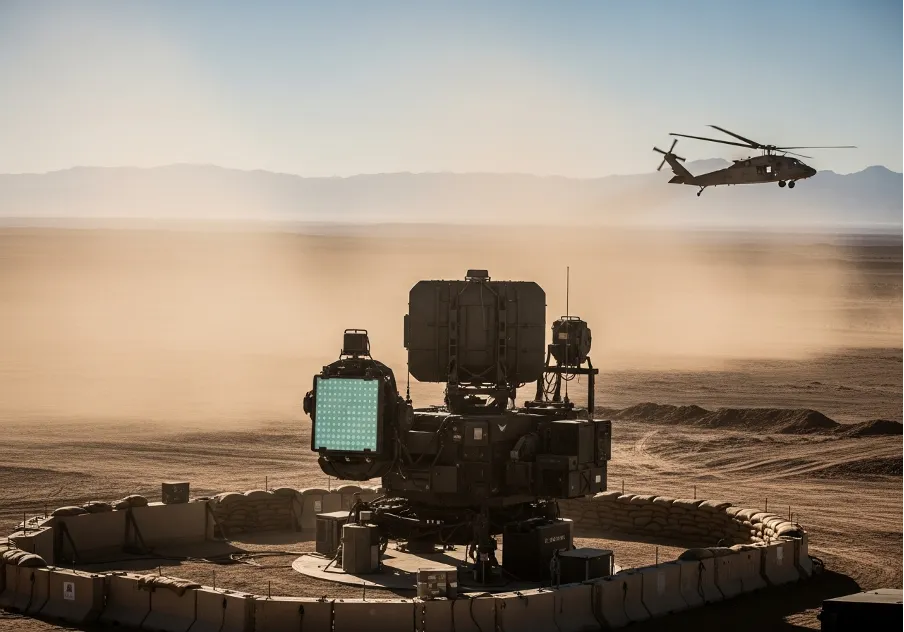
Advanced Military Radar Systems
The Technology Behind the Modern Air Defense Radar
Ground-based air surveillance forms a critical layer of national defense, providing the essential early warning and situational awareness needed to protect sovereign airspace. These installations are the unsung sentinels, tirelessly scanning the horizons. Unlike airborne systems, their fixed or semi-mobile nature allows for persistent, long-term monitoring of vast territories. The continuous operation of such ground based radar systems is fundamental for maintaining a clear and uninterrupted picture of the sky, enabling timely responses to any potential aerial threats. Their reliability and performance set the benchmark for airspace security across the globe.
The evolution of these technologies reflects a constant arms race between detection and evasion. From the earliest days of radar to the sophisticated solid-state arrays of today, the objective remains the same: to see without being seen, and to detect threats long before they become imminent. The strategic importance of high-performing military radar systems cannot be overstated, as they serve as the first line of defense against a wide spectrum of aerial objects, from conventional aircraft to ballistic missiles and even small unmanned aerial vehicles. This persistent surveillance is what grants decision-makers the precious time needed to assess and react.
TPY-4: The Next Generation of Vigilance
The TPY-4 radar represents a significant step forward in detection capability, developed specifically to address emerging and future threats that may evade older systems. Its architecture incorporates Gallium Nitride (GaN) technology, a move that enhances its power efficiency and overall performance. This isn't just a new piece of hardware; it’s a multi-mission platform capable of simultaneously tracking a multitude of targets at varying altitudes. The flexibility of these air defense radars allows for deployment in both fixed installations for permanent monitoring and highly transportable configurations for dynamic operational needs.
This system is not merely an isolated tool but a node in a larger defense network. The designers ensured that the technological advancements within the TPY-4 could be backfitted into existing radar families, creating a cost-effective upgrade path. Such an approach demonstrates a deep understanding of the logistical and financial constraints under which a modern radar military apparatus must operate. The emphasis on scalability is a core feature, making it a viable option for a wide range of countries with different defense budgets and geographical challenges. The system’s design philosophy emphasizes several key operational advantages:
- scalability for different mission sets;
- transportable variants for rapid deployment;
- backwards compatibility with existing tech.
This ensures that the TPY-4 is not just a replacement, but an enhancement to the existing defensive structure. Its adaptability is perhaps its greatest strength.
The multi-role nature of the TPY-4 is what truly sets it apart. It can perform its standard wide-area surveillance mission while simultaneously being cued to focus on specific high-priority targets, such as tactical ballistic missiles. This dual-capability makes it an incredibly efficient air defense radar for any nation looking to consolidate its assets. It effectively performs the job of multiple older, specialized systems.
Its development was driven by the recognition that future aerial threats will be faster, smaller, and more numerous. Therefore, a responsive and powerful military air surveillance radar had to be conceived, one that could process immense amounts of data in real-time. The TPY-4 is the direct result of that foresight.
The TPS-77 Series: Mobility Meets Performance
The TPS-77 family, including the Multi-Role Radar (MRR), is engineered for situations where rapid deployment is as important as detection range. The TPS-77 MRR, a more mobile variant of its successful predecessor, is specifically designed for ultra-low power consumption. This efficiency makes it ideal for operations in remote locations where logistical support might be constrained. These versatile ground surveillance radar systems can be configured for both medium and long-range missions, offering tactical flexibility on the battlefield.
Its transportability is a key tactical advantage. While permanent installations provide a constant watch, the ability to move a powerful ground based radar to a new location quickly can be a decisive factor in a fluid conflict. The TPS-77 can be transported by a C-130 or C-17 aircraft, as well as by truck or rail, giving commanders numerous options for deployment.
The original AN/TPS-77 was itself a multi-mission radar, a hybrid that incorporated the best features of the AN/TPS-59 and FPS-117 systems. The goal was to create an economical yet high-performing air surveillance radar that did not compromise on its core mission. This lineage of efficiency and multi-role capability is clearly visible in its more mobile descendants.
AN/TPQ-53: Beyond Air Surveillance
While most surveillance radars focus on the skies above, the AN/TPQ-53, or Q-53, has a more specific and immediate mission: protecting ground forces from indirect fire. Developed for the U.S. Army, this system detects, classifies, and tracks incoming rockets, artillery, and mortar rounds, pinpointing their origin for counter-battery fire. This role as a ground surveillance radar army asset makes it an indispensable tool for force protection in active combat zones. The system can operate in a full 360-degree mode or focus on a specific 90-degree sector, depending on the tactical situation. Its solid-state phased array design underpins its speed and accuracy. The system's AESA technology underpins its multi-functionality, allowing it to:
- detect and classify incoming projectiles;
- track enemy indirect fire sources with precision;
- identify and monitor unmanned aerial systems (UAS).
This dual-use capability transforms it from a purely defensive system into a comprehensive situational awareness tool.
The Q-53’s active electronically scanned array (AESA) technology is the foundation for its remarkable multi-mission capabilities. It has proven its ability to identify and track small unmanned aerial systems (UAS), a growing threat on the contemporary battlefield. This capacity to merge air surveillance with its primary counter-target acquisition role makes it one of the most versatile military radars currently in service.
This system is a testament to how modern radar design has moved beyond single-purpose hardware. A single sensor can now perform tasks that once required two or more separate systems. This integration makes the defense radar more effective and simplifies the logistical footprint for deployed forces.
Furthermore, the operational success of the Q-53 has demonstrated the value of a highly specialized land radar that can also adapt to unforeseen threats like UAS. It's a system born from necessity and refined by experience.
AN/FPS-117: The Long-Range Sentinel
The AN/FPS-117 is a veteran in the world of air surveillance, originally developed for the U.S. Air Force to watch over the Distant Early Warning (DEW) line in Alaska and Canada. Its primary function is long-range surveillance in minimally attended locations, a role that speaks to its incredible reliability. This is the kind of airforce radar that has been proven in more diverse and challenging environments around the world than virtually any other system in its class.
It is considered by many to be the benchmark for dual-use radars, capable of both air defense monitoring and air traffic control. This flexibility has made it a popular choice for nations looking for a single, robust ground radar system to manage their entire airspace.
The FPS-117's longevity is a result of its robust design and a continuous history of upgrades. It is a classic example of a ground-based radar that has remained relevant for decades by adapting to changing technological landscapes and strategic requirements.
The Power of Integration
The real strength of these systems lies not just in their individual capabilities, but in their ability to function as part of a fully integrated network. The high degree of commonality among Lockheed Martin's radar products is an intentional design choice. This approach simplifies training, maintenance, and logistics across different types of ground radar systems air force units might operate.
When a threat is detected, the data must be shared instantly and seamlessly across the defense network. A modern ground surveillance radar is not just a sensor; it is a source of critical data that feeds into a larger command and control ecosystem.
This integration provides a comprehensive operational picture, allowing commanders to make informed decisions rapidly. The goal is to achieve fully integrated radar warning capabilities, where data from multiple sensors—like the TPY-4 and TPS-77—is fused to create a single, unambiguous view of the airspace.
Ultimately, the effectiveness of any single military radar is magnified exponentially when it operates in concert with others. This network-centric approach is the cornerstone of contemporary air defense philosophy, ensuring that there are no gaps in the shield.
Learn more about alternative systems and related products from Prodefence in Counter Drone Technologies.
Trusted Worldwide
Operating in more than 50 countries, we provide cutting-edge defense solutions that ensure your safety to every corner of the globe.
Get Advice From Our Experts
Please complete the feedback form to gain exclusive access to our catalog showcasing models that are not available on our website
We’re here to assist you with any inquiries, support, or information you need. Whether you're interested in our defense products, looking to collaborate, or simply have a question, our team is ready to help.
